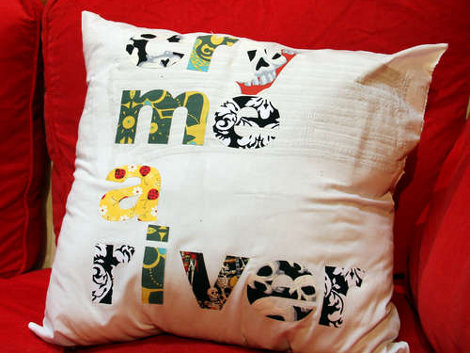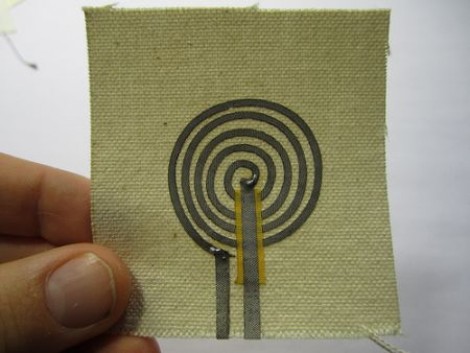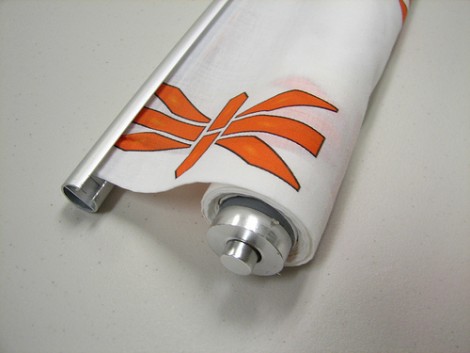
Someday you may be able to use your crotch or armpits to recharge that cellphone. Heck, maybe there won’t even be a battery, just a capacitor which gets its juice from Power Felt, a fabric that converts body heat to electricity.
Now we mention the nether-regions because it’s funny, but also because it makes the most sense. Researchers have developed a fabric containing carbon nanotubes used in a way that generates electricity based on a temperature differential. We figure the areas on the body that have high heat loss would be the most efficient locations for the fabric since it is currently extremely expensive to produce (the hope is that mass-production would reduce cost by orders of magnitude). So we think battery-charging briefs are a definite possibility.
What we see here is a nano-scale Peltier electricity generator. It’s the same concept as this candle-based generator, except the increased efficiency of the Power Felt lets your wasted body heat take the place of the flame.
There’s a white paper on the topic but you can’t get at it without surrendering some [George Washingtons].
















